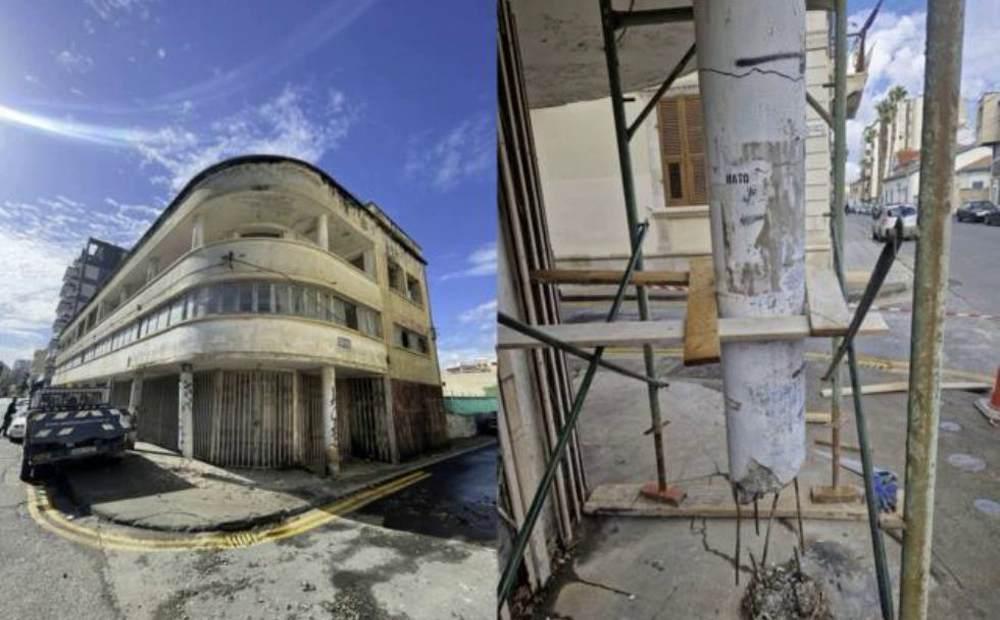Many of Limassol's buildings have not only outlived their creators, but have also witnessed entire eras.
Nevertheless, the natural process of ageing inevitably changes their appearance. Time and the harsh southern climate do not spare historic buildings, especially those in the city centre.
Recently it was announced that a monument to Cypriot modernism in Agios Andreas Street was slowly deteriorating. The local authorities have announced their intention to save the monument, but have not yet specified how they intend to do so.
The building was built in 1947 and designed by Polivios Michailidis - the famous Cypriot architect. It housed a private medical clinic until 1960, then residential premises until 2008, when it was declared a state of emergency and its residents were moved to other addresses. Since then, the building has not been repaired and has fallen into complete disrepair. The supporting columns on the ground floor are literally crumbling, raising serious concerns about the stability of the structure. According to some reports, the current owners intend to carry out major repairs to the house, but it is not known if and when this will happen.

It should be recalled that the Limassol municipality carries out regular inspections of temporary buildings in the city.
The number of such properties increases exponentially every year. Usually, after such inspections, the owners receive warning letters. But not everyone is in a hurry to respond. On average, only % repair their properties immediately. Another 25% of owners of temporary accommodation start to take action after receiving instructions and constant reminders. However, the majority (60%) of owners do not respond to the municipality's requests at all.
It should be noted that most of the shelters in Limassol are located in the area of the historical centre or Neapolis. They were built between 1974 and the mid-1990s, when the country began to apply the anti-seismic code. Today, many buildings in Limassol are deteriorating due to poor quality construction, time and lack of proper repairs. Municipal engineers assessing the condition of the houses have found that standards were not met during construction, leaving the load-bearing structures, floor slabs and balconies in very poor condition. Cracks have appeared in the concrete due to oxidation of the reinforcement. Moisture enters the walls through the cracks and the metal oxidises even more. Gradually, the whole structure deteriorates and collapses.
